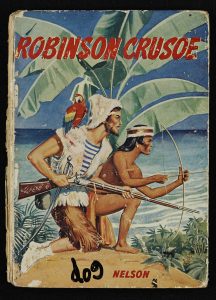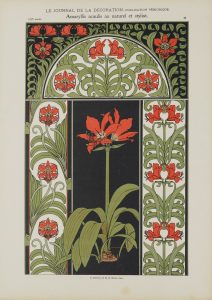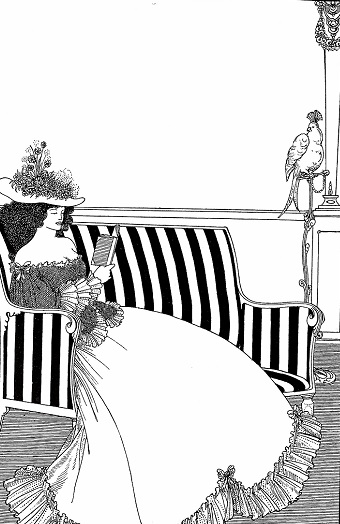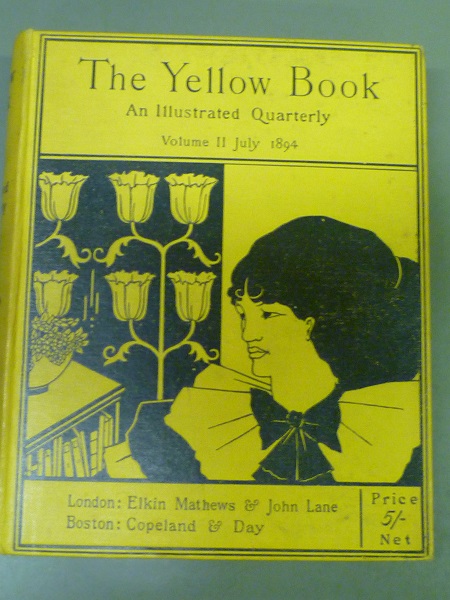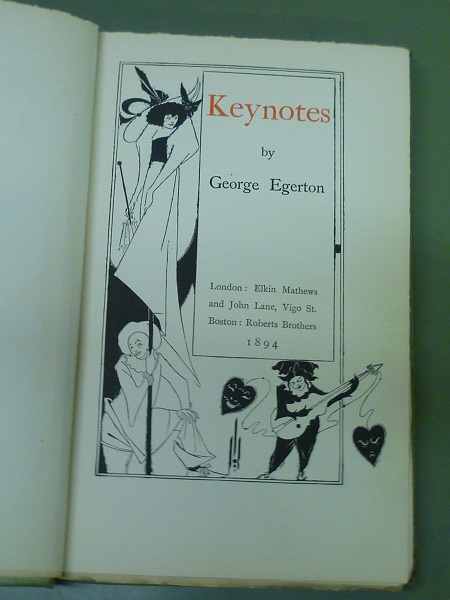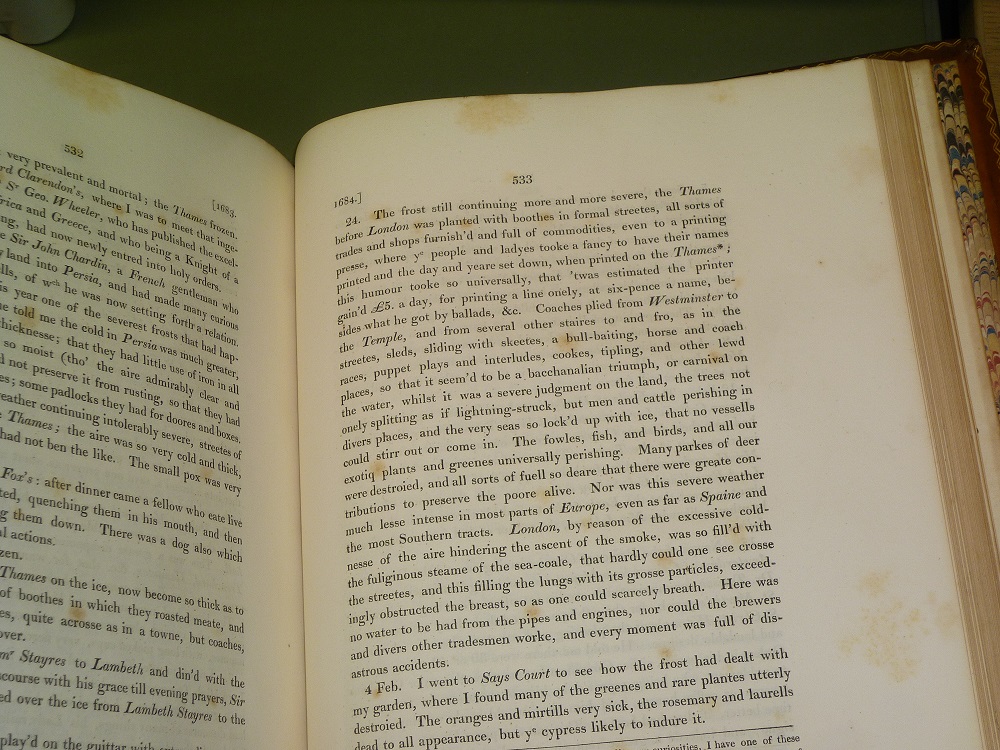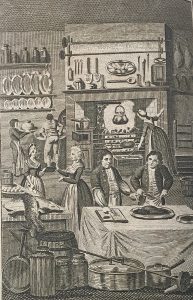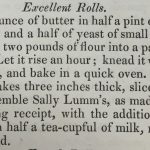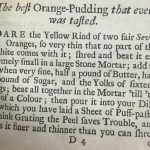Inspired by the “Royal Wedding Fever” surrounding the upcoming nuptials of Prince Harry and Meghan Markle, Librarian Bethan Davies takes a closer look at the archive of Reading biscuit manufacturers Huntley & Palmers, and their bakes for previous Royal Weddings!
Primarily known for producing biscuits, Huntley and Palmers resisted selling everyday cakes until after World War II, when it started selling simple slab cakes. From the beginning, however, Huntley and Palmers would create wedding cakes to order, and by the 1930s, had begun to produce elaborate wedding cake catalogues to sell their products, similar to this 1970 example.
Three of their most memorable wedding cakes were created for the Royal Family, and our Huntley & Palmers Archive provides a fascinating snapshot into each of these spectacular creations!
Princess Marina of Greece and Prince George, Duke of Kent
The first royal wedding cake from our archive was created in celebration of the wedding of Prince George, Duke of Kent and Princess Marina of Greece, on November 29th, 1934. Huntley & Palmers produced a wonderful four tiered hexagonal cake, measuring 8 feet high and 33 inches across the base.
The cake design was influenced by the bride’s background, as Princess Marina was the daughter of the exiled Prince Nicholas of Greece and Denmark. The official cake description states the design is inspired by “the symmetry and balance which was the underlying principle of Greek architecture”. It goes on to state that all the scrolls, images and patterns found on the cake could be found either in the famous “Greek Temples”, or, more closer to home, in the British Museum.
The glamorous Princess Marina inspired a growing public fascination with the Royal Family. To capture this, the department store Selfridges sold souvenir samples of the Huntley & Palmers wedding cake (or at least, “made from the same batch” as the royal wedding cake), distributing 100,000 pieces throughout the store. Our archive includes one of these cake samples, kindly provided by a Mrs. M H Smith from Newark, alongside the original letter of distribution from Selfridges.
- The front cover of the official cake description for the Duke of Kent and Princess Marinas wedding, including an attached bell MS HP 87
- A package containing the sample souvenir cake sold by Selfridges, MS HP 87
- Photos of the cake, taken from the official cake description
Lady Elizabeth Bowes-Lyon and Prince Albert, Duke of York
Prior to the 1934 wedding, Huntley & Palmers had created a previous Royal wedding cake, for the then-Lady Elizabeth Bowes-Lyon and Prince Albert, Duke of York in 1923. Like the Princess Marina cake, this cake is 8 feet high with four tiers, but was cylindrical, and was inspired by Lady Elizabeth’s Scottish heritage. The cake was decorated with York roses, lions, thistles, roses, doves and the crests of the Strathmore family, the Royal Air Force and the Royal Navy. Three of the tiers included sugar work reproductions of Windsor Castle, Glamis Castle (the Bowes-Lyon ancestral home), and the famous Glasmis Castle garden and sundial. The top tier was decorated with a scroll which lists Lady Elizabeth’s ancestors through marriage.
- The front cover of the official cake description of the wedding of Elizabeth Bowes-Lyon and the Duke of York. MS HP 87
- Image from within the official description showing the Wedding Cake.
- Inner page from within the official cake description.
Before the cake was sent to the palace, the cake was famously displayed at Huntley & Palmer’s in Reading. The factory estimated that over 600 people came to view the wedding cake. You can see a video of this event through on the British Pathe website. Many years later, Elizabeth, then the Queen Mother, viewed a replica of her wedding cake on a tour of Huntley & Palmers.
Princess Elizabeth and Lieutenant Philip Mountbatten
Twenty-four years after creating a wedding cake for her parents, Huntley & Palmers created a wedding cake for the wedding of the then Princess Elizabeth and Lieutenant Philip Mountbatten, 20th November, 1947. The cake, which was one of 11 cakes presented to the couple, was specifically requested by Buckingham Palace to be reduced in size. This was because wartime rationing was still in effect, and so the cake was re-designed from its intended weight of 400 lb, to an “austerity” size of 195 lb. Even with this specification, the cake was a four tiered masterpiece with each tier’s 6 sides incorporating hand paintings or sugar reproductions of scenes and images which “reflected the Princess and Lieutenant’s interests” – including Balmoral Castle and the horse races at Ascot. No wonder the icing alone took around three weeks to complete!
- Image of the cake created for Princess Elizabeth and Ll. Philip Mountbattan’s wedding, MS HP 87.
- Page describing the sixteen separate decorations on the wedding cake.
- The front cover of the official wedding cake description.
These archival finds show the royal links to Huntley & Palmers, and Reading in general. It’s clear that our archive goes beyond biscuits!
These items are taken from our Huntley & Palmers Archive, which is open to view for researchers and the public. To request access, or for further enquiries, email specialcollections@reading.ac.uk.
References
https://www.britishpathe.com/video/the-royal-wedding-cake-1/query/Elizabeth+Bowes-Lyon+wedding












